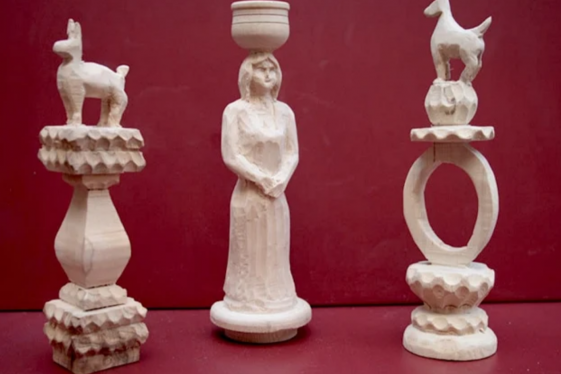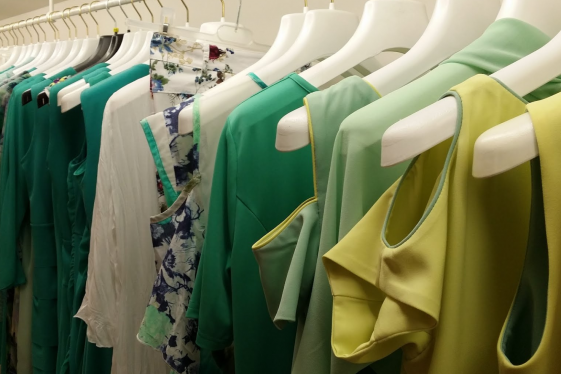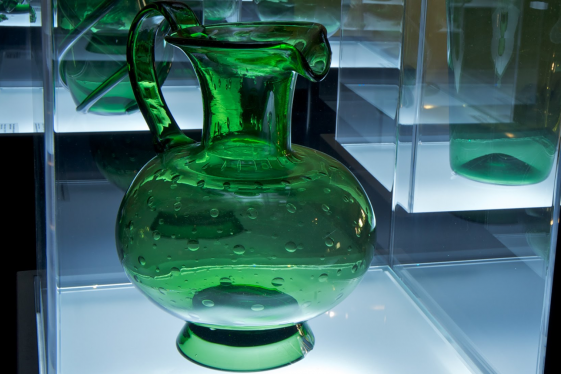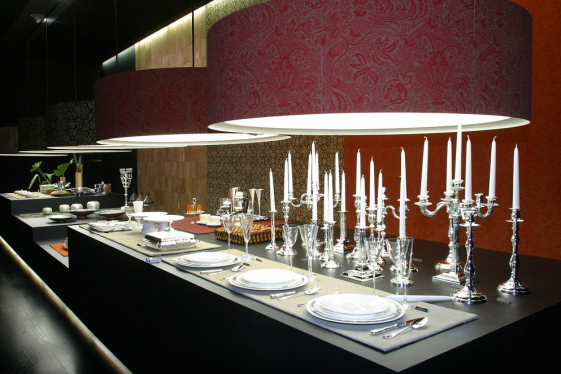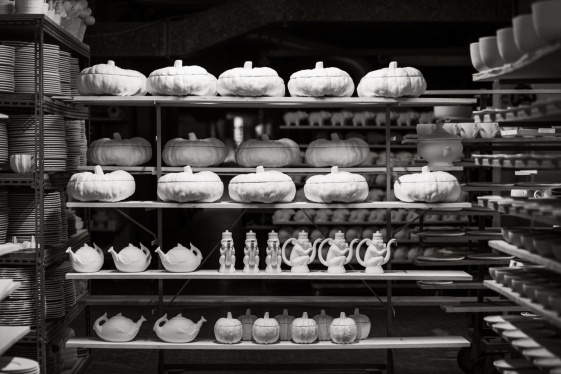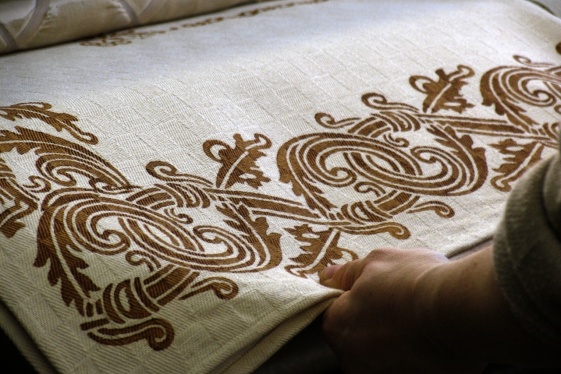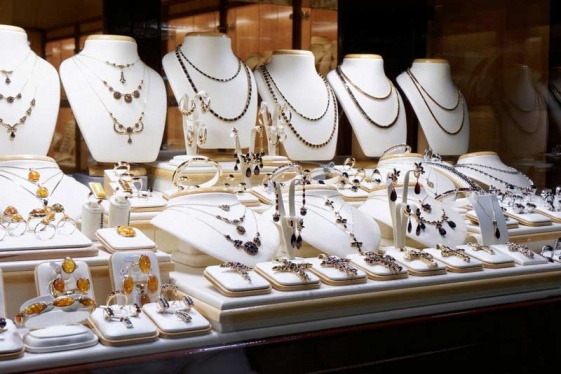Italian handcrafts: Bread Stamps
Bread stamps are a symbol of the pastoral art of Murgia Materana. Until the 1950s, housewives used to knead bread at home and deliver it to the boys who worked at the ovens located in the city’s old districts and who oversaw the baking. Since the ovens were mainly public or belonged to wealthy families, it became necessary to distinguish the loave...
READ MOREItalian handcrafts: Wrought iron of Sapinecchio
The origins of the ancient art of wrought iron are interlinked with those of man, whose evolution was marked by his learning the secrets needed to use this metal. Despite being the most abundant element, historically, the spread of iron has been rather slow and difficult. The iron age (1000 BC), which followed the stone age, was a huge step for man...
READ MOREItalian handcrafts: The Bobbin Lace of Isernia
The precious art of lacemaking has been handed down for centuries by the women of Isernia, who weave and knot fine ivory coloured cotton threads that unravel, almost magically, from thin bobbins that can be heard in the streets of the ancient city. Throughout the centuries, the artistic production of bobbin lace has always been important economical...
READ MOREItalian handcrafts: Trentino ceramic-tiled stoves
The clay deposits found in Trentino influenced the establishment of ceramic-tiled stove production in certain geographical areas, amply documented by historians, from the 14th century until the mid-19th century. Sfruz, Vermilion and Molina di Fiemme seem to have been the towns most specialised in the production of stoves; in other areas, such as in...
READ MOREItalian handcrafts: Verona Textiles
We are in the 1950s, the years after the Second World War, in Sandra, a village near Lake Garda in the province of Verona, it was here that the history of fashion in Verona began. A history marked by the work of small craft tailors craft that with the commitment, the sacrifices and the support of a network of small family businesses became an indus...
READ MOREItalian handcrafts: Empoli Glass
Glass production, though already present in Empoli in the fifteenth century, experienced a significant boost in the second half of the eighteenth century, when Domenico Lorenzo Levantini began producing majolica and glass near Porta Pisana.
READ MOREItalian handcrafts: Silver Padua
In Padua in the late Medieval period the presence of the Basilica of S. Antonio stimulated the development of a school of artisan silversmiths of unparalleled skill, capable of producing masterpieces such as the reliquary that contains Saint Anthony’s chin: a splendid specimen made from molten silver that has been embossed, chased, perforated and g...
READ MOREItalian handcrafts: Este Ceramics
Este can be considered one of the most famous pottery towns. Este pottery has been present throughout the centuries, from prehistoric times down to the present day. Like all ancient peoples, the first inhabitants on the banks of the Athesis (the River Adige, which once passed through Este) certainly used clay and created the first rudimentary objec...
READ MOREItalian handcrafts: Romagna Fabrics
Historically viewed as a craft of the poor, tied essentially to the tools of peasant art, hand printed Romagna fabrics have an uncertain date of birth. As the oldest documents do not go further back than the first decades of the 19th century, it is assumed that Romagna hand printed fabrics were being made before that.
READ MOREItalian handcrafts: Goldsmithery in Valenza
The history of goldsmithery in Valenza began in 1817, when Francesco Caramora, a goldsmith working in Pavia, moved to the city and opened a shop in Contrada Maestra. In the space of a decade, his business flourished and he taught the local craftsmen the techniques and practices of the goldsmith’s craft. Between 1827 and 1860, more shops opened belo...
READ MORE


